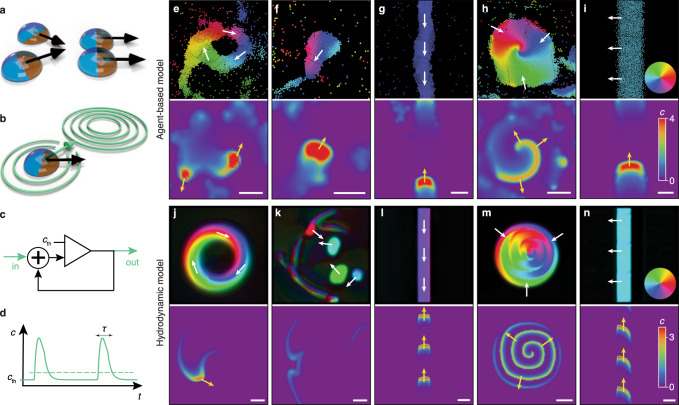Fig. 1. Schematics of the agent-based model for communicating active matter and summary of collective dynamic states.
a Polar self-propelled particles undergo alignment in binary collisions. b A diffusible signal (green) aligns the cells’ orientation vectors. c Schematic of a Schmitt trigger with variable threshold cth. d Temporal response c(t) of the agents’ signaling system with characteristic timescale . e–n Representative collective dynamic states in the agent-based (e–i) and the hydrodynamic model (j–n). The snapshots illustrate aggregation and vortex formation following initial ring formation (e, j), where remnant spiral wave arms induce chemical wave propagation in the ring after the spiral core vanished due to depletion in its center (‘whispering gallery’-modes); active droplets (f, k), with a collective response to external stimuli; a collective stream (g, l), where agents propagate toward the source of communication waves; a large vortex with a spiral wave (h, m), and a polar band (i, n). White scale bars indicate a length of 10 units. Colors indicate the polar orientation of particles (top panels) and the chemical concentration c (bottom panels). White and yellow arrows illustrate the direction of motion of the particles (top panels) and the propagation direction of signaling activity (bottom panels), respectively. Parameters are defined in Supplementary Note 3.

